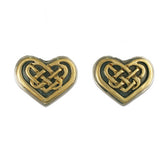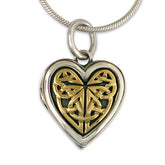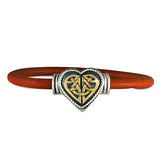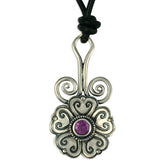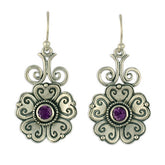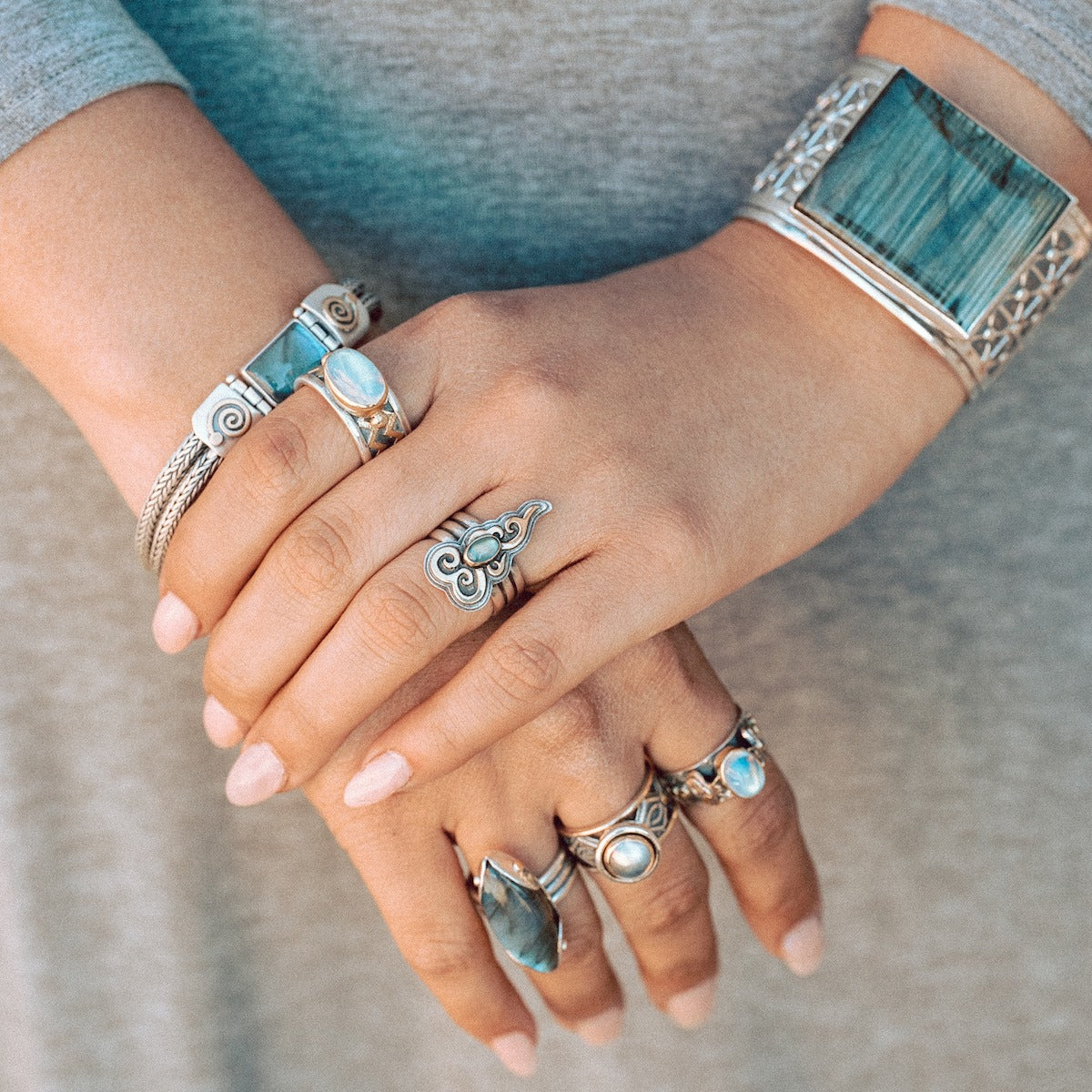The Meaning Of Celtic Knots
You yourself can understand the meaning of Celtic knots. Circles, squares, triangles and crosses are all found in the motifs of Celtic jewelry. These patterns and shapes actually have certain functions in the physical world. In Celtic knots, shapes are combined. Crosses are made out of triangles and trinity motifs, for example. Yet a basic understanding of the meaning of basic shapes will enable you to understand how to interpret meaning in your ring, necklace or any other piece of jewelry.
The line:

It seems pretty obvious, that everything starts with an individual point of view, a line or vector that is a trajectory toward a certain destination. Lines are the basis of any Celtic design. In Celtic jewelry, a line can be straight, curved or irregular. It can have an ending, or it can connect with other lines and be endless, representing eternality. Lines in Celtic jewelry design are the elements from which knots are made.
Cross motifs:

From the line, the most basic element of any piece of Celtic jewelry knot work is the crossing of two lines. Any time that two separate paths cross, you have the possibility of a new perspective. Look at the lines in a piece and decide in a general sense whether the pattern flows with harmony, or is it more jagged with points, suggesting a rich and potent discord?
Circles motifs:

Look around you with your round eyes and see all that is in the form of the circle. We speak of a circle of friends, the cycle of the days and seasons. Certainly circle teaches about equality and community. Circles are cohesive wholes that allow life to exist as it is.
Wave motifs:

Parts of circles – the arcs – form wave like patterns. Waves are fundamental expressions of all that exists. Particle physics states that matter itself exists in waves. On a more basic level, remember what it is like to be in the ocean and feel the steady rhythm of waves. Waves represent steady, regular movement and flow over time.
Celtic Nature motifs:

Not all designs from the Celts were knots. The movement and flow of water, or the curl of roots and vines, were common in Celtic motifs. Some of these designs seem particularly contemporary today, even though they are ancient.

